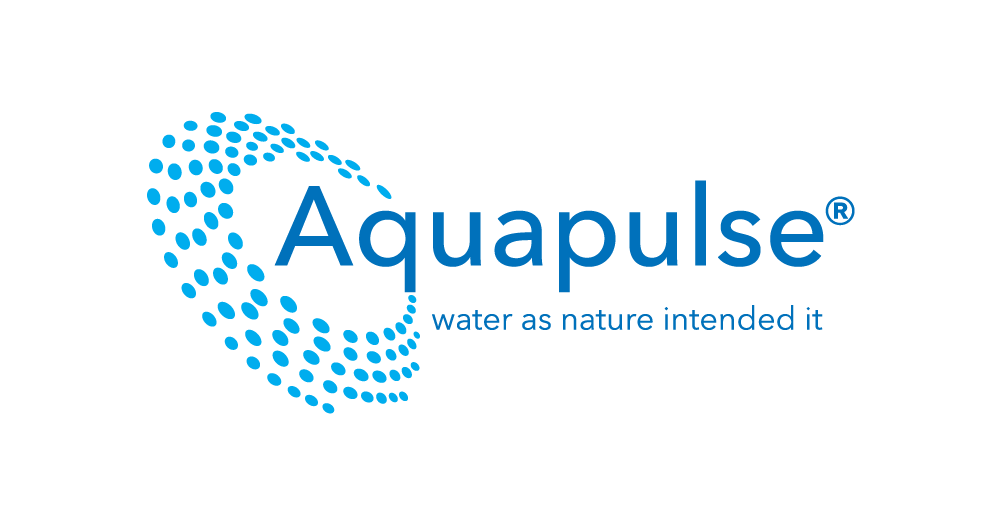As a fish farmer, you'll be well aware of the problems inherent in recirculating systems and stored water.
Build-up of organic matter: Fish waste, uneaten food, and other organic matter can accumulate in RAS tanks and biofilters, which can lead to increased levels of ammonia and other harmful compounds. This can cause stress and disease in fish, and may even lead to fish mortality.
Accumulation of nutrients: Fish excrete nutrients such as nitrogen and phosphorus, which can build up in the water over time. This can lead to eutrophication (excessive nutrient enrichment) in the system, which can promote the growth of algae and other unwanted organisms.
pH swings: In a closed-loop system, pH can fluctuate rapidly due to changes in oxygen and carbon dioxide levels. This can lead to stress and even death in fish, as well as affect the performance of nitrifying bacteria.
Biofilm formation: Biofilms can form on surfaces in RAS systems, including on the walls of tanks and biofilters. These biofilms can harbor harmful bacteria and other organisms, which can cause disease in fish.
Waterborne pathogens: RAS systems are not immune to waterborne pathogens, such as bacteria, viruses, and parasites. These pathogens can enter the system through contaminated water sources, infected fish, or other means, and can cause significant health problems for the fish.
Poor water quality: RAS systems require careful monitoring and management of water quality parameters, such as dissolved oxygen, temperature, and salinity. Failure to maintain optimal conditions can lead to stress and disease in fish.
What would it be worth to you, if with a small and easy change to your water, you could unlock your potential to improve productivity and profitability. Our proof of concept pilot programmes across different finfish species delivered the following benefits:
Improved water hygiene
Improved feed efficiency
Increased Omega 3 levels
Increased average weight per fish
Enhanced natural fish development
Reduced premature fish mortality
Cleaner and healthier water
Reduced chemical usage
Reduced antibiotics
Reduced ammonia levels
Reduced nitrite levels
Reduced diseases, parasites and bacteria
By using a compound of natural feldspar minerals which make small changes to the physical make-up of water at a molecular level, Aquapulse® conditions the water and improves its efficacy.
Similarly, an independent evaluation of Aquapulse® was successfully completed on white shrimp (Litopenaeus vannamei). At the end of the trial, the following statistically significant findings were apparent in white leg shrimp raised in Aquapulse® treated water versus those raised in untreated water.

Mortality rate of white leg shrimp reduced significantly when challenged with Vibrio parahaemolyticus1

Bacterial population in the culture water reduced

Quality of culture water improved, as measured by NH3-N, NO2-N concentration, total dissolved solids reduction and pH stabilisation

Feed conversion ratio, feed intake and survival of white leg shrimp improved significantly

